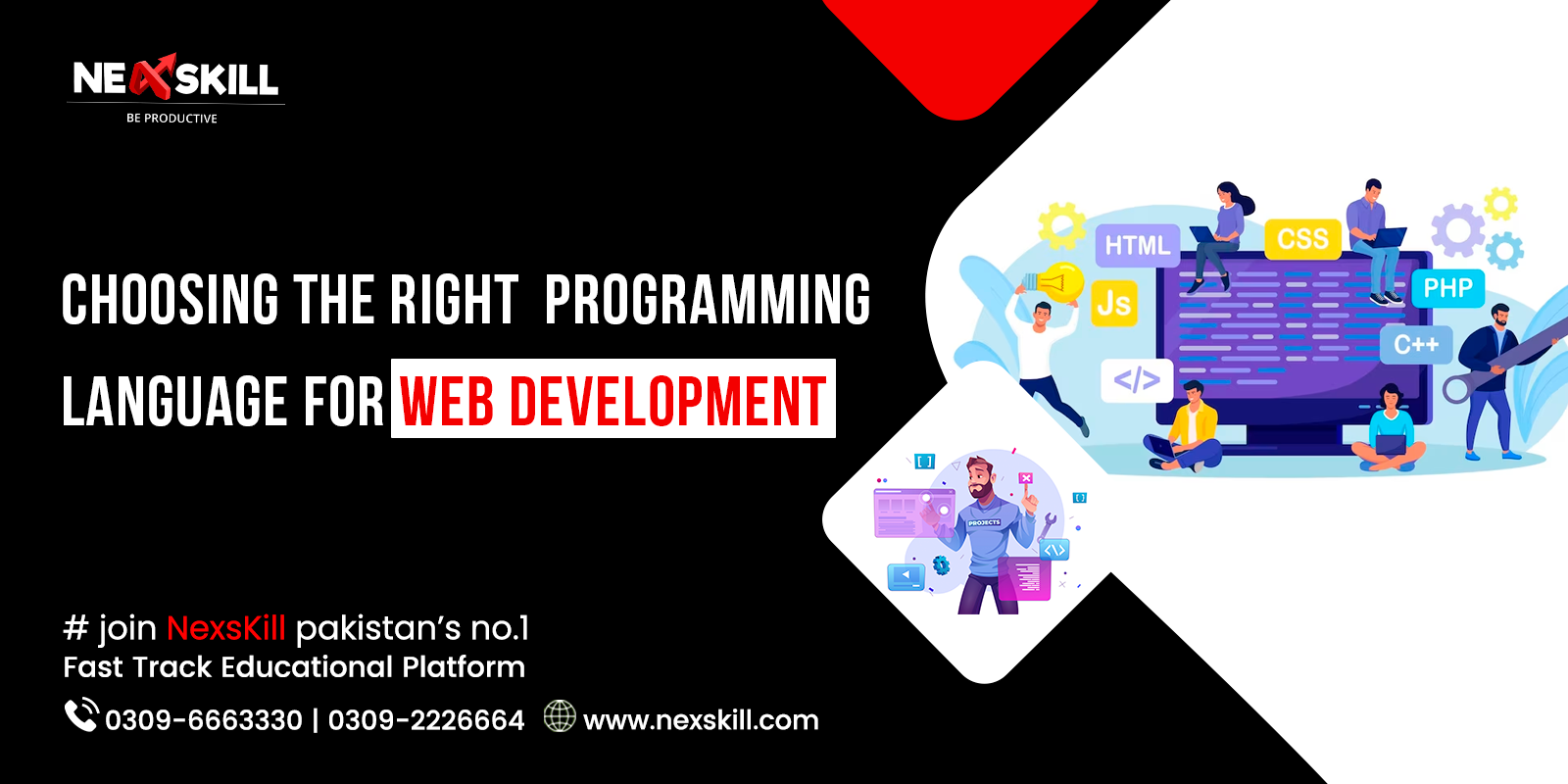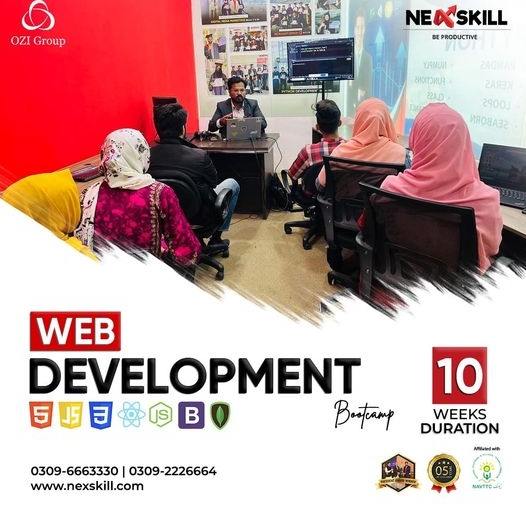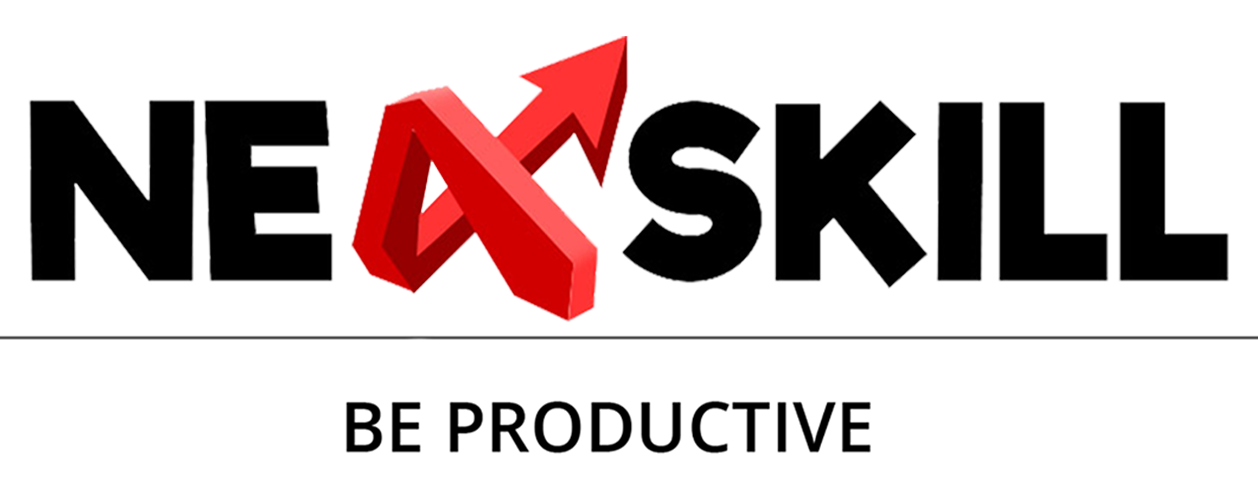
When it comes to web development, choosing the right programming language is a crucial decision. The programming language you select will determine the efficiency, scalability, and overall success of your web project. With the wide range of programming languages available, it can be overwhelming to make the right choice. In this blog post, we will discuss the factors you should consider when deciding on the best programming language for web development. With a specific focus on the Nexskill Web Development Course.
Project Requirements and Goals
Before choosing a programming language, it is essential to understand your project requirements and goals. Consider the type of website or application you want to build and the functionalities it should offer. Some programming languages are better suited for specific tasks. For example:
PHP:
Arguably the most popular language for web development, PHP is well-known for its compatibility with various databases and content management systems (CMS) like WordPress. If you are building a dynamic website or working on a CMS-based project, PHP might be a good choice.
Python:
Python is a versatile programming language known for its readability and ease of use. It offers a wide range of frameworks like Django and Flask, which are ideal for building robust web applications. Python is often used for data-intensive projects or those in the scientific and academic domains.
JavaScript:
As the language of the web, JavaScript is essential for front-end development. It allows for dynamic and interactive user interfaces, facilitating tasks like form validations, animations, and DOM manipulation. JavaScript frameworks like React, Angular, and Vue.js are also popular for building single-page applications (SPAs).
The Nexskill Web Development Course recognizes the importance of aligning programming language choices with project requirements. By offering comprehensive training in languages like PHP, Python, and JavaScript, as well as popular frameworks. The course equips students with the skills needed to make informed language choices for their web development projects.
Learning Curve and Developer Community

Consider your familiarity and experience with different programming languages when making a choice. If you are new to web development, opting for a language with a gentler learning curve might be beneficial. Languages like HTML and CSS are relatively easy to learn and are essential for web development.
Another important factor to consider is the availability of resources and a robust developer community. A strong developer community ensures that you have access to libraries, frameworks, and online support forums, which can be invaluable in overcoming challenges and finding solutions as you work on your web project.
Languages like Java, JavaScript, and Python have thriving developer communities with extensive documentation, forums, and online tutorials. The Nexskill Web Development Course acknowledges the significance of a supportive developer community and provides students with access to resources and guidance to enhance their learning experience.
Scalability and Future Expansion
Scalability is an important consideration, especially if you anticipate your web application growing in the future. Some languages are better suited for scaling applications and handling increased traffic loads.
For large-scale, enterprise-level projects, languages like Java and C# offer excellent scalability. They have robust frameworks like Spring and .NET, respectively, so that support the development of complex applications capable of handling high traffic volumes and large datasets. On the other hand, languages like Ruby or Python may be more suitable for startups or smaller projects, offering frameworks like Ruby on Rails and Django that provide scalability options.
The Nexskill Web Development Course recognizes the importance of scalability in web development and provides students with training in languages and frameworks that enable them to build scalable web applications.
Performance and Speed
Performance is a critical factor in web development, as it directly impacts user experience and website loading times. Some languages are inherently faster and more efficient than others.
Compiled languages like C++ and Go tend to offer high performance due to their low-level access to hardware resources. They are great choices for building highly efficient web applications that require speedy processing of algorithms or resource-intensive tasks. On the other hand, scripting languages like PHP and Python may have slightly slower performance but offer faster development times and easier maintenance.
The Nexskill Web Development Course acknowledges the importance of performance in web development and provides students with training in languages that offer a balance between performance and development efficiency.
Industry Standards and Job Market
Considering industry standards and the demand for specific programming languages is important when making your decision. Keeping up with industry trends and language popularity can help ensure you remain competitive in the job market.
For example, JavaScript is currently one of the most in-demand languages, especially with the rise of front-end frameworks like React and Angular. Tying your skills to a popular language or framework can enhance your job prospects and open up more opportunities.
The Nexskill Web Development Course stays updated with industry trends and provides students with training in languages and frameworks that are in high demand in the job market.
Conclusion
Choosing the right programming language for web development is a critical decision that can significantly impact the success of your project. Consider factors such as project requirements, learning curve, scalability, performance, industry standards, and job market demand before making your choice.
PHP, Python, JavaScript, Java, and Ruby are just a few of the many programming languages available for web development. Each has its strengths and is suitable for different types of projects.
Ultimately, the key is to assess your project’s specific needs and align them with the strengths of the programming language you choose. By considering these factors and keeping an eye on industry trends, you can make an informed decision and set yourself up for success in your web development endeavors.
The Nexskill Web Development Course recognizes the importance of these factors and provides comprehensive training in a variety of programming languages, frameworks, and industry-relevant skills. By considering these factors and leveraging the resources and guidance provided by the course, students can make informed decisions and set themselves up for success in their web development endeavors.
